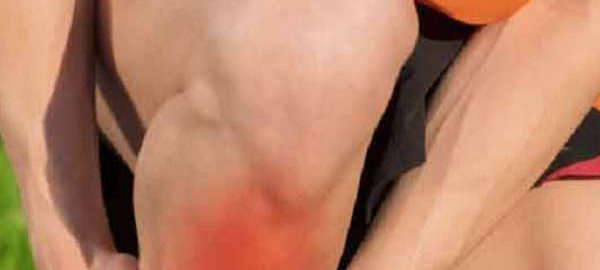Tibial periostitis is an injury produced by various causes. Adequate lifestyle and training habits are key to preventing it and the recommended treatment focuses on understanding, cold therapy and the biomechanical study of gait that allows correcting alterations that cause its appearance.
Both in athletes and in those people who spend many hours standing, shin splints is a well-known injury. At least it is the feeling of overload in calves and shins and localized discomfort (as if it were a bruise) in the area of the tibia.
What is tibial periostitis and what are its causes?
Tibial periostitis is the inflammation of the periosteum, the membrane that covers the tibia on the external surface and unites it with the calf, tibialis anterior and posterior, and peroneals.
Like many other injuries, there is no single cause. There can be many reasons for this injury and to identify them you have to understand the context of the patient.
At a general level, an unhealthy lifestyle (diet, stress) or certain habits at work, such as driving too many hours or working standing up, are the typical causes of this injury outside the sports environment.
In the case of athletes and people who train regularly, the causes are usually:
- Train constantly on hard surfaces, especially asphalt
- Starting to train or practice sports without prior and adequate muscle preparation, as well as excessive training intensity or volume
- Wearing inappropriate shoes, especially those with poor cushioning
- Skip muscle treatments, for example not stretching or not going to the masseur
- Biomechanical defects: from the shape of the foot, excessive pronation to other body load defects
How can we prevent it?
Faced with such a variety of causes, prevention and change of habits (as far as possible) are essential to avoid tibial periostitis.
In the case of athletes, for example, changing exercise routines, not neglecting stretching before and after exercise and wearing suitable equipment can help save us from suffering such an annoying injury.
What is your treatment?
However, if the damage has already been done, using compression bandages can improve support. Applying cold with the leg elevated (either through ice in the area or through thermotherapy products) will help to lower the inflammation, with which the pain will be considerably alleviated.
Among all these preventive and solution techniques for tibial periostitis, it is highly recommended by orthopaedic in Delhi to perform a footprint study. This study allows to locate and diagnose those biomechanical defects (such as poor posture when walking, running or standing) that are usually the cause of problems in the locomotor system. The biomechanical study allows the patient to correct or minimize said defects or alterations, which results in the prevention of injuries, in this case, tibial periostitis.
